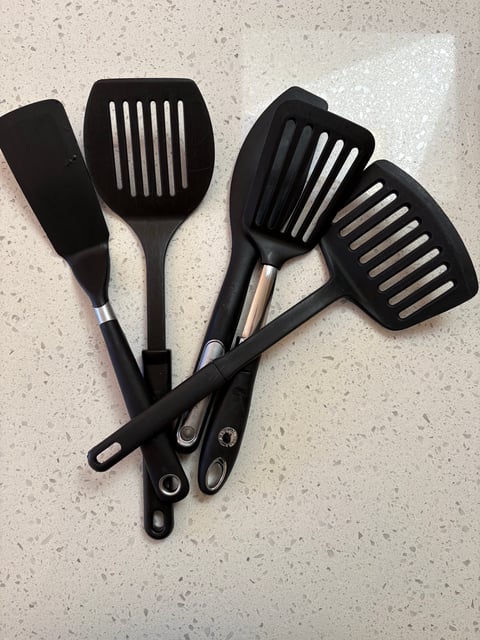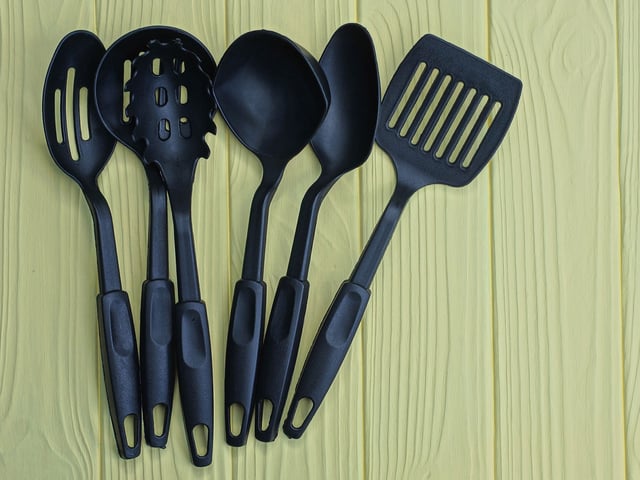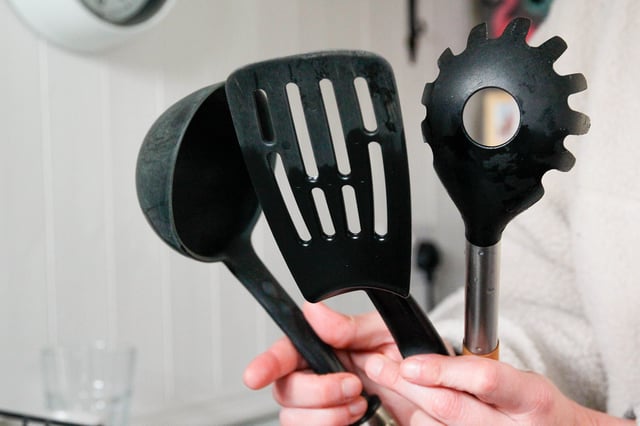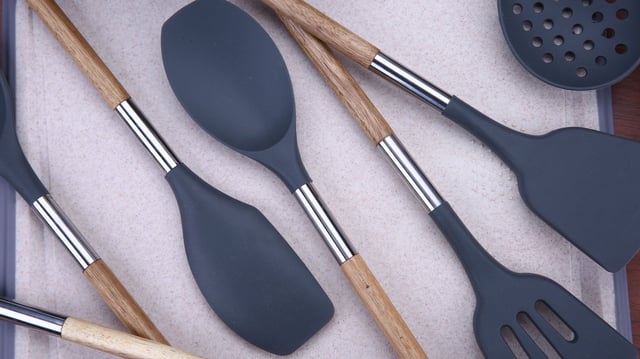Overview
- The study originally claimed exposure to flame retardants from black plastic utensils was close to the EPA's safe limit but miscalculated the threshold by a factor of 10.
- Corrected figures reveal that exposure levels are less than one-tenth of the EPA's reference dose for a 60-kilogram adult.
- Despite the math error, researchers maintain their conclusion that toxic flame retardants contaminate some black plastic products and pose potential risks.
- Only 10% of tested black plastic items, including utensils and toys, showed contamination, with fewer containing the specific flame retardant BDE-209.
- Experts emphasize that while the risk is lower than initially reported, consumers should handle black plastic items carefully and consider alternatives like silicone or metal.



